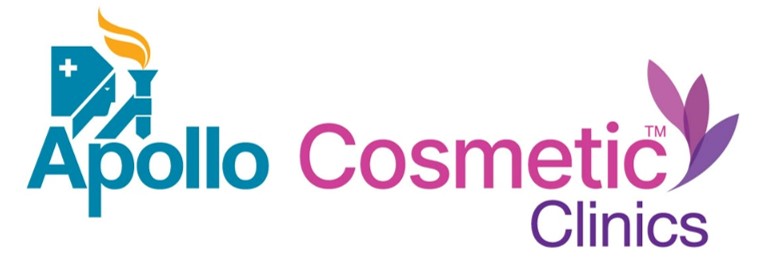Liposuction procedure is a method whereby fatty tissue is removed from a specific part of the body. Generally, people with a stable weight decide to undergo the liposuction procedure to treat fat deposits that persist despite changes in diet and exercise. Liposuction is accomplished under local or general anesthesia. It depends on the number of parts that will be treated and can be carried out either in the doctor’s office or a surgical facility.
There are three fundamental steps in a Liposuction procedure. First, the pre-operative phase, followed by the Liposuction procedure or the operation itself and finally, the post-operative and liposuction recovery time.
Pre-operative phase
Before starting the Liposuction procedure, there are several consultations with a medical specialist, who will conduct various tests to see if you are suitable for the procedure. This is important to avoid any liposuction side effects. Some of which are:
The patient must be over 18 years of age. Also, you cannot be pregnant nor be breastfeeding. It is also not advisable for people who have recently had surgery, as it can encourage liposuction side effects.
A detailed and exhaustive check of your medical history:
Surgery is only undertaken when the patient does not have any disease or health problem. Example: The patient should not suffer from any cardiovascular disease, diabetes, or problems with the immune system and should not be allergic to the anesthesia that will be used.
Liposuction procedure
After the approval of the doctor, a date and time for the surgery will be set. The duration of the procedure will be between 1 to 3 hours, depending on the area to be operated upon and the amount of fat to be eliminated.
Anesthesia is applied in the area where the surgical operation is to be performed. It can be a local anesthesia with intravenous sedation, general anesthesia or regional anesthesia (epidural). These last two are rarely used since the areas and amount to be removed in Liposuction is generally small, and the risk is much lower.
During the process, physiological saline is infiltrated. This is a Siberian component added to the adrenaline. It helps to have a vasoconstrictor effect. It is of great help because it facilitates the removal of the fat through the cannulas.
The extraction of fat in the body is done with cannulas, extremely thin tubes designed for surgical interventions. Specialists advise that the approximate average fat extraction is between 2 and 5 liters of fat with Liposuction, depending on the zones. For more fat extraction, doctors recommend a second operation after recovering from the first one, depending on the results. Remember that Liposuction is mainly aesthetic in nature.
Liposuction results, Post-Operative and Recovery Process
At the end of the operation, if the intervention has been in an area with little fat extraction, the patient can go directly home to continue the recovery. In case of more substantial interventions, it is advisable, as a precautionary measure, to spend the first night in the clinic to rest and monitor the progress.
Recovery time depends on the patient. However, one can carry out daily activities,a week after the intervention. A gap of at least one month is advisable to be able to perform activities that require greater physical effort.
During the first month, the bandaged area is wrapped with a pressotherapy garment (it is a kind of belt that covers the intervened area, subjecting it and adjusting it correctly). In turn, the doctor can prescribe a series of analgesics and antibiotics to counteract any post-operative discomfort. It is normal for the treated area to be inflamed, with few bruises. With proper treatment and the use of lymphatic drainage to remove the remaining fat and blood, they will disappear quickly. Remember that you do not get the sun until the area is completely healed.
The Liposuction results are fantastic, and the targeted fat deposits are permanently eliminated. Body weight should be maintained for optimal results and to lead a healthy life.
To consult with the top experts on Liposuction, book an appointment at Apollo Cosmetic Clinic today.







